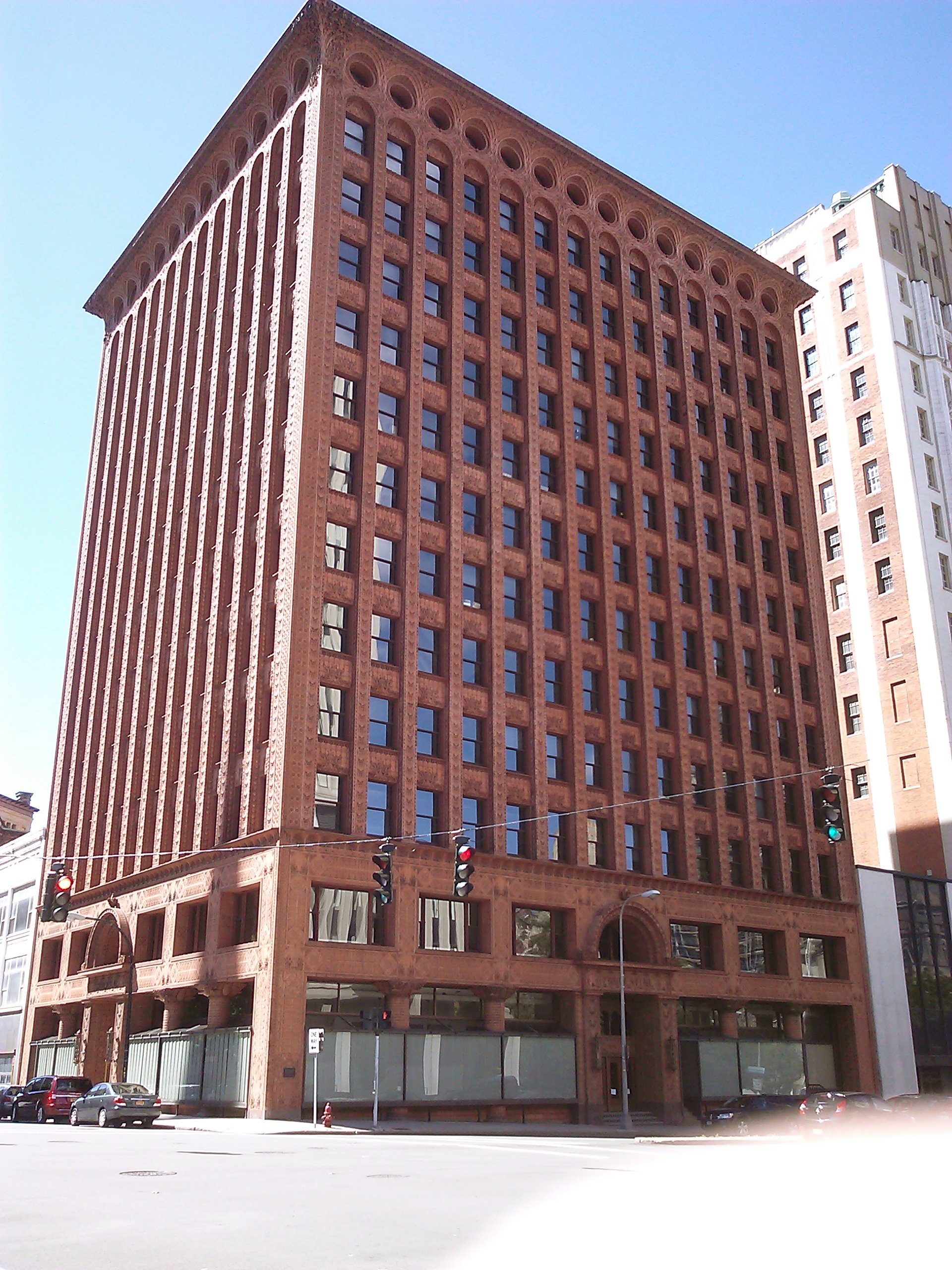"Persuasion - 'a deliberate and successful attempt by one person to get another person by appeals to reason to freely accept beliefs, attitudes, values, intentions or actions".
~Tom L. Beauchamp, Manipulative Advertising, 1984
"At that time (WWII), I fervently believed just about everything I was exposed to in school and in the media. For examples, I knew that all Germans were evil and that all Japanese were sneaky and treacherous, while all white Americans were clean-cut, honest, fair-minded, and trusting."
~ Elliot Aronson in Pratkanis and Aronson, 1992, Age of Propaganda, p. xii
Matches an Appeal by Arthur Melbourne Cooper (1899)
Melbourne-Cooper made for Bryant and May what some animation historians consider the earliest surviving stop-motion advertising film, "Matches Appeal". The film contains an appeal to send money to Bryant and May who would then send matches to the British troops, in support of an unspecified war.
Daddy, what did you do in the great war?
Britain's army at the beginning of the first World War was relatively small and professional. There was no conscription of population before 1916, and so recruitment of volunteers in large numbers became a huge challenge.
The poster was designed to induce a sense of patriotic guilt, trying to capture the British men that were unwilling to volunteer for the war. The picture depicts a situation in the future, after the war, where the daughter asks her dad expectantly how he contributed to the war. Posters like this used that powerful sense of duty to family, but instead that suggested that, in the future, children would hold their fathers to account on the service that they performed for their country rather than the social protection that they ensured for their immediate family.
The Sinking of Lusitania (1918) by Winsor McCay
Winsor McCay spent nearly two years working on this animation, and at twelve minutes, it was the longest animated film on record at the time and was the first animated documentary. It was in the interests of the British to keep US citizens aware of German actions and attitudes. It was particularly notable, that in this film, the names of several prominent Americans were listed and focused upon. There was possibly also a reason as to why this film seem to drag on, perhaps to evoke stronger emotions out of its audience.
Evil Mickey attacks Japan (1936)
A pretty obvious but still strange piece of Japanese propaganda animation to all that get the chance to watch it to this day, it would seem that by that time, Disney's Mickey Mouse was known to the Japanese to be one of the Americans' biggest and most beloved icons, seeing as a pantless caricature of him was created as the villain of this film... Their own beloved icons, Momotaro, the "Peach boy", Kintaro and Urashima Taro, whom are heroic and pure and representing all that is good about their country, go up against that evil naked mouse and his army of inbred bats.
What age group was this animation aimed at anyway? Despite its seemingly cartoony and childish style, why was there a need to include machine guns into the mix?
Der Fuehrer's Face (1943)
Originally titled "Donald Duck in Nutzi Land", the cartoon features Donald Duck in a nightmare setting working at a factory in Nazi Germany. The film is well known for Oliver Wallace's original song "Der Fuehrer's Face", which was actually released earlier by Spike Jones. It was made in an effort to sell war bonds and is an example of American propaganda during World War II. Due to the propagandistic nature of the short, and the depiction of Donald Duck as a Nazi (Albeit a reluctant one), Disney kept the film out of general circulation after its original release. Its first home video release came in 2004 after the release of the third wave of Walt Disney Treasures DVD sets.
Victory through Air Power (1943)
This Disney feature film was based on the 1942 book of the same name by Alexander P. de Seversky (With him even appearing in the film), that had been extremely popular, influential and controversial upon its release than six months after the attack on Pearl Harbour in 1941. Walt Disney felt that the book's message was so important that he personally financed the animated production. The film was primarily created to catch the attention of government officials and to build public morale among the US and Allied Powers.
The film played a significant role for the Disney Corporation because it was the true beginning of education films, that are to this day, still produced and used for the military, schools, and factory instruction. The company learned how to effectively communicate their ideas and efficiently produce films while introducing their characters to millions of people worldwide. Throughout the rest of the war, Disney characters effectively acted as ambassadors to the world.
When the Wind Blows (1986)
A British animated drama film directed by Jimmy Murakami based on Raymond Briggs' graphic novel of the same name, the story shows a nuclear attack on Britain by the Soviet Union from the viewpoint of a retired couple,Jim and Hilga Bloggs. The film seems to be taking swipes at Britain's post WWII patriotism and the perils of blind faith in government during the Tatcher era.
The Tin-Pot Foreign General and the Old Iron Woman (1984)
A picture book also by Raymond Briggs that was apparently for young children (Yeah, sure it is, Raymond...), it satirises the Falklands War. The book presents the story of the war in the format of a picture book for young children. It is written in a simple style with large, brightly coloured illustrations.
Neither the Falkland Islands, the belligerent countries, nor their leaders are named in the text. Instead, the British prime minister Margaret Tatcher and the Argentine dictator General Leopoldo Galtieri are presented as a pair of metal monsters who send men to fight over a "sad little island" populated by a few shepherds who eat nothing but mutton.
The book mentions several ways in which the soldiers (Who were all made of flesh and blood unlike the leaders they served) were killed or maimed; the pictures accompanying these parts of the text are monochrome pencil sketches, as opposed to the full-colour (Also frankly quite terrifying) caricatures in the rest of the book.
The refusal of either side to admit responsibility for civilian casualties is satirised with the statement that three of the islanders were killed, but that "nobody was to blame".


























